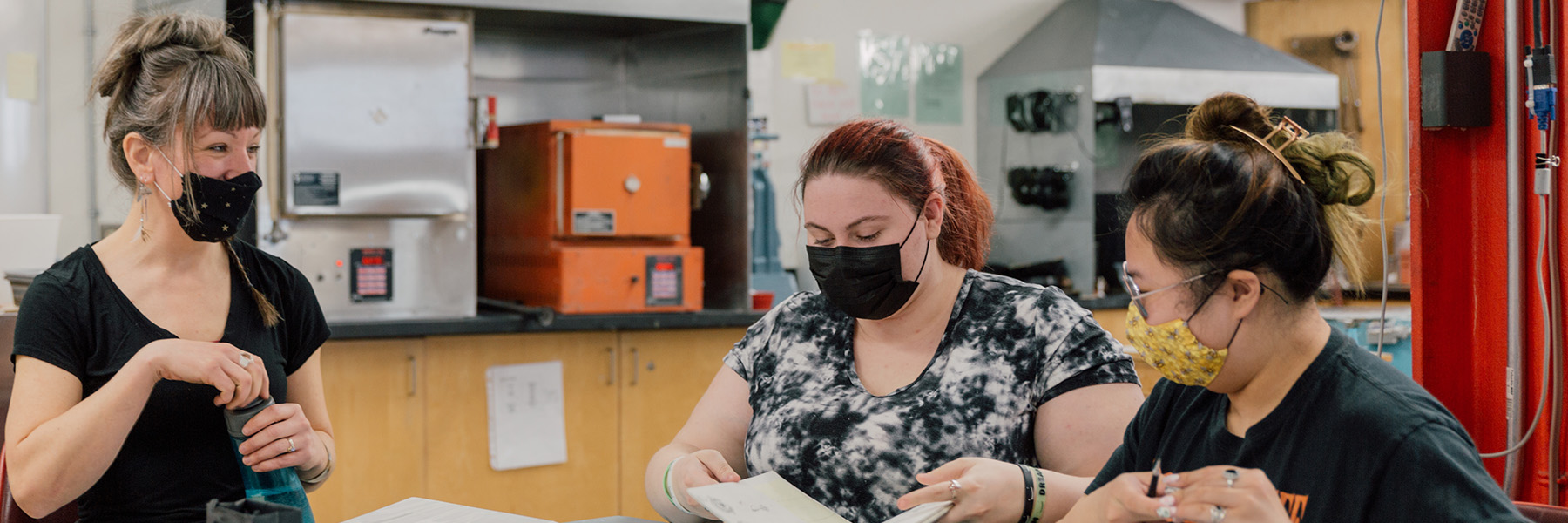Lesson Planning
Lesson plans help you to identify learning objectives, organize and deliver your course content, plan out learning activities and resources, and consider what assessments you might integrate into the class. Creating a lesson plan does not mean that you have to stick to the script; take it as a guide and modify your lesson to the needs of the students.
Below are some suggested steps to follow in developing a lesson plan. It’s also important to share your lesson plan with your students at the start of the class. This helps students to stay on track and helps them to be more engaged. Let students know what you will be covering in the lesson both verbally and in writing (for example, write it out on a board or provide a hand-out). Students process information differently and so sharing lesson plans in more than one way helps to remove some barriers to learning.
